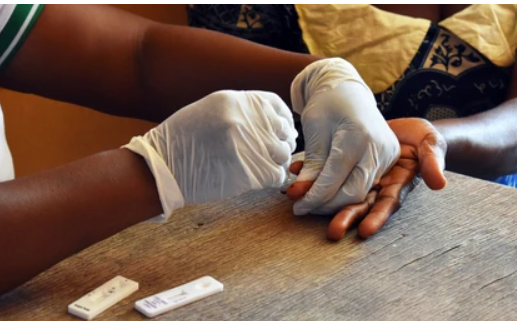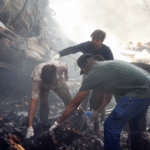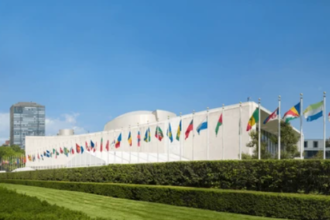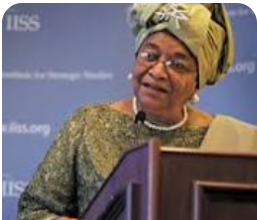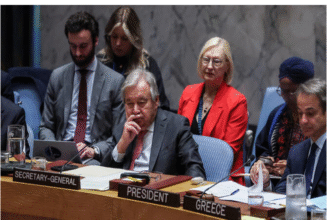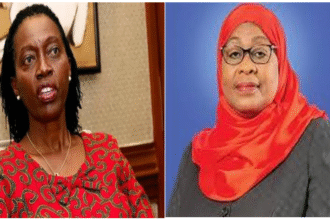By Patrice Katuma
Goma, Democratic Republic of Congo – As conflict intensifies and a brutal militia grips the city of Goma, Congolese mother Mwayuma Idi Feza faces a desperate situation compounded by recent cuts to US-funded malaria programs. Feza, 36, struggles to provide for her family, now burdened by both her own and her 1-year-old son’s suspected malaria infections.
“I have a child who is sick. He has had malaria for a week and a few days now,” Feza told international media groups, describing her son’s fever. She herself is experiencing symptoms, including chills and a bitter taste, but as an unemployed single mother, she can barely afford food, let alone malaria treatment.
Malaria, a preventable and curable disease, continues to plague the Democratic Republic of Congo (DRC), which bears the world’s second-highest malaria burden after Nigeria. In 2022, an estimated 24,000 people died from the disease in the DRC, with over half of those deaths being children under five.
The situation is exacerbated by significant cuts to US Agency for International Development (USAID) funding for malaria programs, estimated at 36% since the beginning of the year. This reduction, stemming from the Trump administration’s shift in foreign aid priorities, has already impacted the National Malaria Control Program (PNLP) in the DRC, according to former spokesperson Michel Itabu.
“The PNLP is already feeling the effects,” Itabu said. He explained that the US funding supported the supply of antimalarials to numerous health zones across the country, including preventative treatment for pregnant women – a program that could have protected Feza and her son.
For decades, the US government, through USAID’s President’s Malaria Initiative (PMI), has been the largest donor to global malaria efforts, reducing deaths by over 60% since 2005. However, the recent cuts have led to layoffs and halted work orders for many PMI staff, raising concerns about the long-term impact on American progress in combating the disease.
“One of the reasons that we don’t have malaria in the US is because we fund and track malaria worldwide, for global health security,” a former USAID said, speaking anonymously. She warned that locally acquired malaria cases, like those seen in Florida in 2023, could become more frequent if global efforts are undermined.
Aid workers emphasize that the cuts will lead to immediate deaths due to disrupted prevention and treatment. They also warn that the reduction in surveillance systems could hinder efforts to monitor malaria and other disease outbreaks, posing a threat to global health security.
Spencer Knoll, US policy and advocacy director at the nonprofit Malaria No More, testified before Congress that malaria detection programs can stop outbreaks of dangerous infectious diseases in their tracks. The organization also pointed out that US assistance prevents other countries from gaining influence in Africa.
The timing of the aid cuts is particularly concerning. As Nathaniel Moller, formerly a senior innovation adviser at the PMI, explained, “Malaria is seasonal, and so having interruptions during times of seasonality sets us back significantly.” He warned that with less funding for bed nets and preventative medicine, the baseline of cases will rise, enabling further spread of the disease.
The funding cuts “could reverse decades of progress earned, in part, through longstanding investments from the United States of America and other global partners,” the World Health Organization warned.
While a State Department spokesperson told media group that “PMI life-saving programs are continuing in partner countries,” and that they are preparing a contribution to the Global Fund, the disruptions have already left critical gaps, leaving vulnerable communities like Feza’s in Goma to face a heightened threat from a preventable disease amidst an already devastating conflict.


